
The years between 1999 and 2001 have to be the all-time greatest years for my favorite stuff. Three of my “top 10” albums arrived in the form of “Deltron 3030”, “Gorillaz”, and the Daft Punk masterpiece “Discovery”. My favorite First Person Shooter franchise was released in the form of Halo (Destiny is a close second, but I don’t have the time needed to make that game fun anymore). I still prefer Halo 2 due to the LAN memories. The Fellowship of the Ring came out, which was life-changing and still one of my favorite movies and if you can imagine, the First Harry Potter movie came out. A great stretch for great fantasy movies. I can’t imagine any 3 year span has deeper impression on how I view the world, than these years. And yet, the most important experience that I had during this time was my first time playing “Skies of Arcadia.”
In November 1999, the Sega Dreamcast was released in the North America (it’s an insane observation that 20 years ago global release windows were not “days” they were “years”) and eventually, Skies of Arcadia made it to the US (I think Dreamcast had one of the best game catalogues over a 2 year span of any system, but that could just be my nostalgia talking). While not the most widely released game on the console, it is widely loved among those who played it.
Arcadia is a world on a spherical map (I’m pretty sure it’s not actually spherical, but all 4 corners of the map are connected.) It’s made up of 6 countries/continents under 6 different moons with vast oceans of sky and clouds in between. Vyse, the main character, starts off as a blue sky pirate (blue pirates more like robinhood, and black pirates are more like blackbeard) working under his father on an airship called the Albatross. He has dreams beyond his small island, to explore the world and what lies beyond the horizon. Fairly standard pirate origin story, mixed with Final Fantasy Airships, and generic fantasy naming system. I’m not going to go into all of the story, but needless to say he does explore everything beyond the horizon, above and below the clouds. The relationships developed with your friends Aika and Fina are beautiful and sweet. I highly recommend the game for it’s story, gameplay, art, fighting system, music (my brother and I loved this so much that my brother bought this for me on vinyl, which…no idea why an old fairly unknown Sega game got a vinyl pressing but I’m glad it did.) lore, discovery system, worldbuilding, political commentary, and execution of fantasy and science fiction tropes in new unique ways that still feel fresh to this day. Basically, I love this game, it got a really good update for Gamecube, and if you take one thing away from this article, it’s to go play it.
One of the things that I couldn’t figure out is how fairly standard 3D level design could feel so fleshed out and realistic given the polygonal nature of the graphics. Dreamcast graphics paled in comparison to the Xbox and Playstation 2 (compare Sonic Adventure to Halo), but Skies of Arcadia still seemed more fleshed out than other games of the era. This game was an orchestral movement in every culture that you visit. Each continent has it’s own musical composition, fashion, culture, and dialect, but most importantly to me (at this point in my life) it’s own architecture. I will go over each style to try to determine it’s influences and quality as it appears chronologically.
Pirate Isle (gonna put the music to the side here so you can listen to it while reading here)
You first enter Pirate’s Isle through a giant drawbridge that lowers to let you into the core of the island. The core is a hollowed out lair of dark brown clay walls and floors. Ramps use wood planks, likely to provide additional grip going up the slopes. The actual rooms are surrounded with red stained shiplap (not like a fixer upper reference, this is actually an architectural element that started in ships and became a way to building walls using the same techniques). Above ground (after you come through a secret passage that blends into the side of a cliff) the houses seem to be shiplap cabins with a dense Chinese inspired trellis design in the pediment. It doesn’t seem to be stained in any way, but left to weather. The doors use a herringbone of the same wood finish as the walls with a tiny window in the top half. The proportions of the house are a bit wonky, but they fit the character models and are scaled well. I think these houses are influenced by early settler houses of different cultures. One of the most interesting things is that the island has two orbiting little asteroid sized islands that have bridges or ladders joining them to the larger island. It’s an interesting feature that doesn’t add a lot to gameplay, but adds a lot to the atmosphere of the island.
Shrine Island (no theme for shrine island, only wind sounds)
Shrine Island is a small island near Pirate Isle, under the Silver Moon. This Island is all that remains from the advanced Silver Cilization. I don’t want to say too much about this architecture because it is basically just speculative futurist scifi architecture. You’ll see more later in the game, but it’s probably my least favorite and devoid of atmosphere architecture. It makes you feel empty, which is not a great feeling, but it’s actually fits the nature of the Silver Civilization well. The architecture is heavily geometrical. Hexagons are used in plans of this style, and I think that’s mostly due to the relationship to the 6 moons.
Sailor’s Island (theme)
Sailor’s Island is a small 7 building island. Most of the buildings are in a Northern European Coastal style (I’m basing this on the spacing of the ceramic tiles more typically used in Norther Europe).
Plaster walls, with wood detailing, cobblestone streets and tiled roofs of ceramic, wood, and some random blue material (my guess is tin or slate?). The railings are ornate and seem to be a modified Japanese style? Just guessing there since it’s hard to place a made up railing type. The odd-man out on Sailor’s Island is the giant concrete industrial lighthouse. It makes it seem like someone built the light house first and the town was built afterward to reflect the multi-cultured people that stop there. I should mention that it is at a crossroads of many different cultures. This is the first place that really made the world seem way bigger than I thought it was going to be. The atmosphere of this island made me feel like it was the true first step of my adventure.
Valua (theme)
Value has several parts of the city that each have different styles, though the actual culture is based on the Spanish and Portuguese Empires (based on names and fashion). First up is the Castle. It’s clearly designed to resemble the castle in Moscow.
I think it’s pretty interesting, but it’s hard to get a clear vision of the castle without getting more detailed and you don’t really get a better look at any point in the game. (you get to see the throne room, but it’s mostly a NeoClassical inspired design, with a unique column design.)
First you’ll go to the lower city and be hit with stark, weathered steel buildings. Incredibly industrial, almost everything has rivets and grime. The music becomes incredibly depressing and you feel completely hopeless. It makes you feel sorry for the characters that live in this part of the city. It makes some of the uplifting moments later that much higher when you reach them.
After going through the sewers (which is a labyrinth of old greenish blue bricks) and the Coliseum (closer to the style of Upper Valua) you end up in the Upper City. If you judge it by the image you see earlier, you expect it to be much more glitzy than reality.
The buildings are of drab masonry and windows reflecting the golden interiors. The Climatic conditions of Valua renders the sky overcast at all hours of the day, making everything dreary no matter how much gold you put on it. It’s a good metaphor that works due to how you feel walking around the city.
Maramba and Nasrad (theme)
Maramba is a small village with obvious influences from Middle Eastern Architecture and North African Architecture. It uses clay and steel doors (a pretty common feature in Arcadia) Unlike Nasrad, this village doesn’t seem too affluent. The public transit (whatever this giant pink thing is) is slow and not particularly useful unless you want to jump onto the local’s rooftops like some broke Assassin’s Creed, but it does allow you to travel across the desert through harsh sandstorms at a snails pace. Definitely could use an upgrade.
The Palace of Nasrad is literally the Taj Mahal. You don’t get up too close, but playing on what we know about the Taj Mahal works, because everyone knows how ornate the building is, and just invoking this makes the entire city seem much richer than it otherwise would. The ornate details you’d see in Moorish architecture or Indian Architecture are on every surface, a detail you did not expect at this time.
Horteka (theme with panpipes the likes you haven’t seen since Paul Simon)
Horteka is the main village of the Ixa’Taka Kingdom. The imagery mostly reflects South American and Central American architecture and culture. The pyramid you discover is modeled after the Aztec pyramids.
It’s hard to compare the huts to any Pre-Historical styles since the materials would never have made it long enough to compare.
That said, they seem more ornate than most of the existing huts.
Esperanza (theme)
Esperanza is a small town that is a mix between worn down Valuan Military Architecture (since it’s a sea port), a ship graveyard, and an old western style desert. It’s pretty atmospherically interesting, and even though there isn’t that much new architecture here, it’s an interesting place and perfectly supported by it’s design.
Yafutoma (theme)
Yafutoma the land under the blue moon, is referred to the East just as the cultures it is based on. At first I was unable to determine the origins of the architecture since it seemed to reflect some elements of both Chinese and Japanese, but then diving in a little further I was able to find some sources that state that it is based on each of the major Asian cultures. You can see elements of pre-industrialized China, Japan, and Korea present in the architecture. The red paint typically used in Asian cultures is present throughout the city. There is a dark blue cobblestone that is likely mined from the active volcano nearby of the same color. You see the blue roof tiles also present on Sailor’s Island. The wood looks more like bamboo than any other wood in the game. It is surrounded by a wall, like the Great Wall… which, ya know… airships… Overall Yafutoma does a great job evoking Eastern culture in someone that has never actually been to any of these countries.
There are several places I skipped because this is already a very long post and these were the ones I either found most interesting, or were more based on realized architecture. There is also a French Bistro, an Egyptian pyramid, an industrial mines, an Alchemist workshop, a Valuan prison, a booby trapped treasure island, and so much more. Eventually you even build your own island and you can choose the style of Sailor’s Island, Yafutoma, or Pirate Isle. This game is the only game I’ve beaten several times and continue to play every few years. For all that it has given to me, I wanted to give the design of it’s world the attention it deserves.





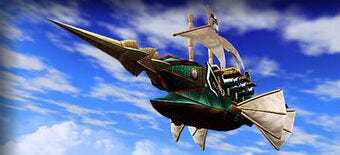



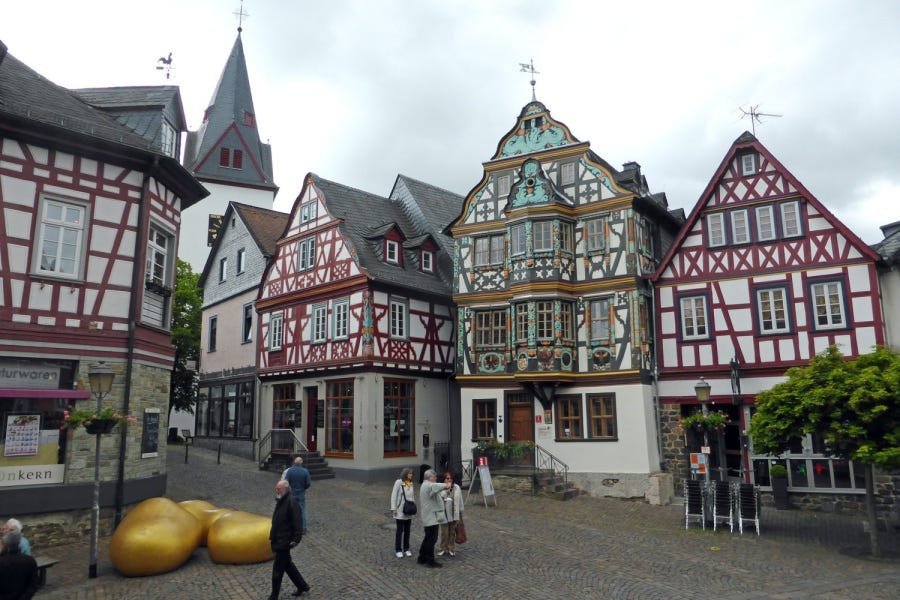


![Skies of Arcadia - Valua City [Extended w/ DL Link] - YouTube Skies of Arcadia - Valua City [Extended w/ DL Link] - YouTube](https://substackcdn.com/image/fetch/$s_!4ryy!,w_1456,c_limit,f_auto,q_auto:good,fl_progressive:steep/https%3A%2F%2Fbucketeer-e05bbc84-baa3-437e-9518-adb32be77984.s3.amazonaws.com%2Fpublic%2Fimages%2Fbef1d45f-4edf-4fba-aac1-d33d6cb09aa5_640x480.jpeg)
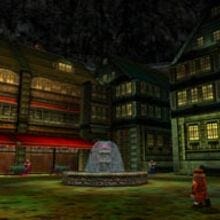

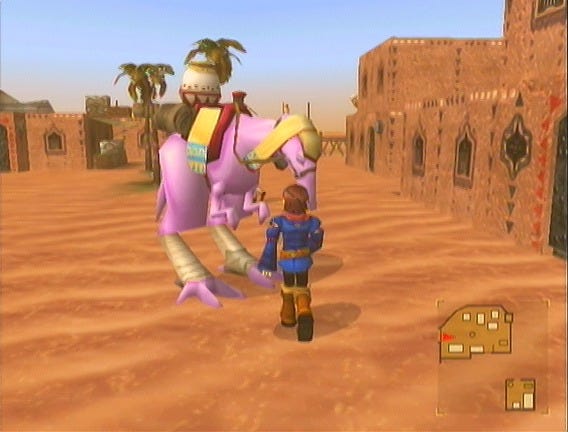
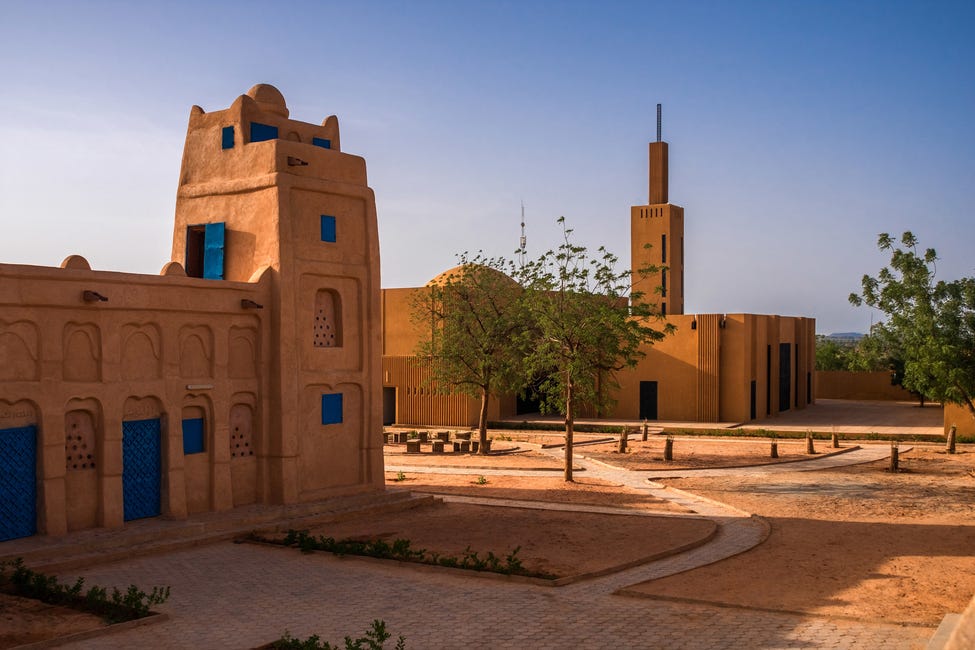
![Skies of Arcadia - Kingdom of Nasrad ~ Aftermath [Extended] - YouTube Skies of Arcadia - Kingdom of Nasrad ~ Aftermath [Extended] - YouTube](https://substackcdn.com/image/fetch/$s_!AuuW!,w_1456,c_limit,f_auto,q_auto:good,fl_progressive:steep/https%3A%2F%2Fbucketeer-e05bbc84-baa3-437e-9518-adb32be77984.s3.amazonaws.com%2Fpublic%2Fimages%2F7f00498f-de73-47b7-808a-94c3d92a260e_480x360.jpeg)
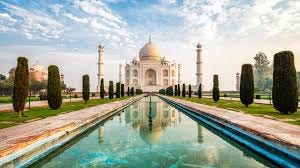


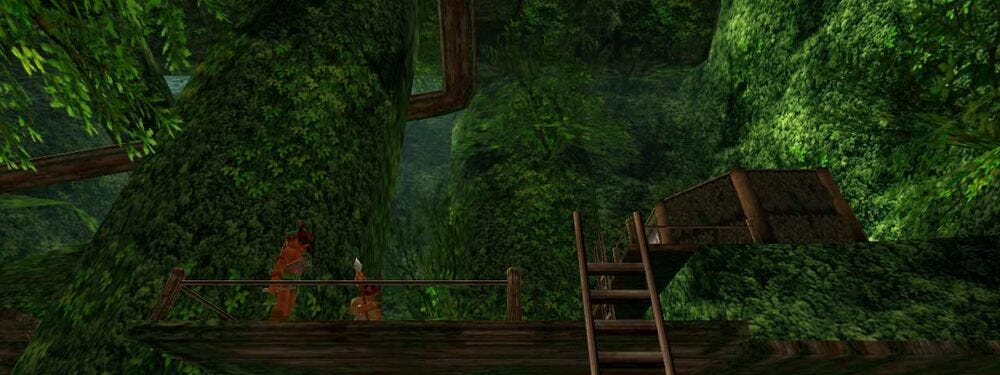



![GCN] Skies of Arcadia Legends - Playthrough #41 - Yafutoma the East Capital [HQ] - YouTube GCN] Skies of Arcadia Legends - Playthrough #41 - Yafutoma the East Capital [HQ] - YouTube](https://substackcdn.com/image/fetch/$s_!4ik-!,w_1456,c_limit,f_auto,q_auto:good,fl_progressive:steep/https%3A%2F%2Fbucketeer-e05bbc84-baa3-437e-9518-adb32be77984.s3.amazonaws.com%2Fpublic%2Fimages%2F7c0d7a18-c99c-438d-87b2-8664da3e2f4c_480x360.jpeg)
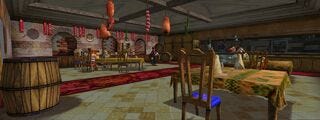
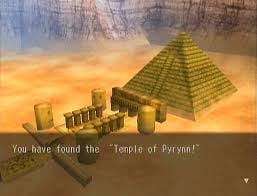
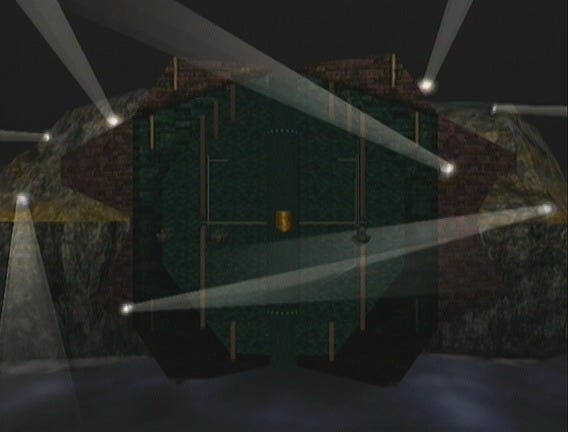
This is awesome. So many cool details that I’ve appreciated without knowing where they come from.
Amazing post! Reading this gave me a very similar feeling as playing through the game again! I never really thought much about the architecture in this game, so it was great to see the inspiration that the developers took from various cultures around the world. I appreciated the music links as well!